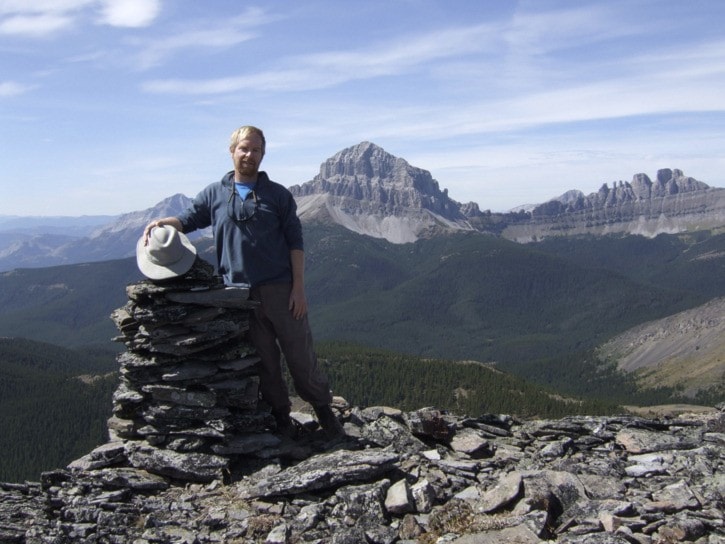A surveying team is just gearing up for a new photographic survey in Glacier National Park this summer that will repeat a 1901–03 survey by Canadian pioneer surveyor and mountaineering legend Arthur Oliver Wheeler.
Dr. Eric Higgs is a Professor of Environmental Studies at the University of Victoria, and is the driving force behind the Mountain Legacy project, a systematic repeat survey of the Canadian Rockies and western Canada mountains that started in the 1990s and has been going strong since then.
The Mountain Legacy project repeats original survey photos, many of them taken about a century ago.
“I’m really fascinated by what these images tell us about the way landscapes change,” Higgs told Times Review. “The vegetation, physical stress of the rocks, the ice, the snowpack, heat stress. The human overlay of the landscape too. The various roads and paths and utility corridors and buildings and everything else – mining and forestry. It’s all visible in the images. And we can see the changes and it helps us get an appreciation of what a significant impact we have over the course of just a single century.”
The work is painstaking and exhilarating.
The process starts with archival research into the original photos, many of them located on large format glass prints stored in national and provincial archives. There are an estimated 140,000 photographs available, and over the past decade the Mountain Legacies project has managed to repeat about 4,000 of them. They’ve also contributed to a revival of knowledge about the archives themselves.
Once a project is identified and funding is secured, the mountaineers set off to follow in the footsteps of the early pioneers and recreate the images using state of the art photography techniques using specialized cameras that cost tens of thousands. They often search out the exact location of the original photograph within inches.
The repeat photography shows change, but it’s how things change that’s important. “We learn that some places don’t change nearly as quickly as others,” Higgs says, “There are lots of other lessons to be learned about change.” For example, a recent study in Kootenay National Park determined that the changes in the treeline were being driven by climate change. The research is seen as increasingly relevant in the context of a changing global climate.
In addition to the project’s ongoing contribution to a better scientific understanding of the changes to our mountain environment, the Mountain Legacy project also serves an important historical role.
“Another dimension that is becoming increasingly important is the preservation of a really important legacy, and the documentation of a part of Canadian history that’s largely been untold,” Higgs says. “Canadians were at the forefront of this particular mapping technology – using photographs to create topographical maps. No other country in the world was using these techniques like we were, so that’s why we have this spectacular collection of images.
“And it just tells such a powerful story right across the mountainous regions of western Canada. That alone – the preservation of that legacy alone – is a significant contribution to a wider Canadian appreciation of our heritage,” he said.
The mountainlegacy.ca website is a treasure trove of photographs and other digital assets, with links to scholarly papers, archival research, publications and, if you’re lucky, possible opportunities to get involved.
When I spoke with Higgs he was just wrapping up an office move in Victoria and about to set out on the expedition to Glacier National Park. For him, it’s that dream job. “It is fabulous. It is the best,” Higgs tells me. “It’s just a perfect journey for someone like me.”
